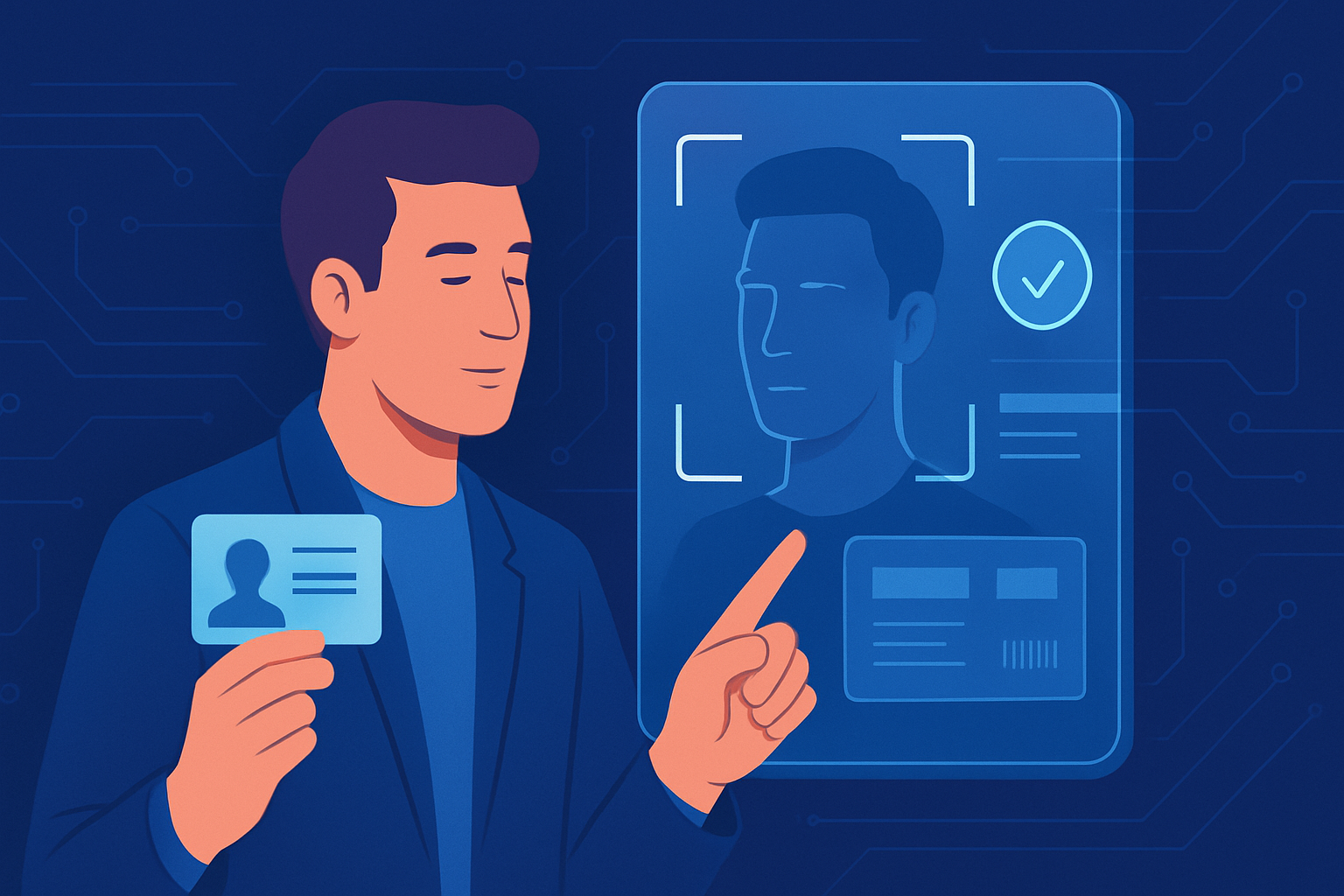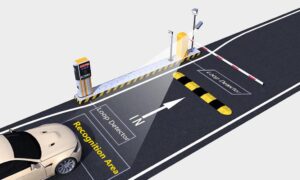Discover How ID Document Recognition Is Changing the Face of Identity Verification
Identity checks are no longer just about glancing at a passport under a desk lamp. Today, ID document recognition systems are powering everything from opening a bank account to booking a flight. This technology has become the unsung hero in the background, keeping fraud at bay while making your customer onboarding as smooth as butter.
In this post, we’re digging deep into how it works, where it’s used, the challenges, and why it’s become a must-have tool for businesses serious about digital trust.
🔍 What Is ID Document Recognition and Why It Matters
ID document recognition is a technology that scans, analyzes, and validates identity documents like passports, driver’s licenses, and national ID cards, all without human intervention.
It uses machine learning, computer vision, and OCR (Optical Character Recognition) to:
- Detect the document type
- Extract text and images
- Authenticate security features
- Verify consistency across fields (like matching the photo and the name)
- Flag suspicious or forged documents in real-time
Why it matters: In the era of remote onboarding and KYC (Know Your Customer) regulations, manual document checks are too slow, expensive, and prone to error. Automated ID recognition saves time, cuts costs, and boosts accuracy.
📊 Stat: A study by Juniper Research estimates that digital identity verification checks will exceed 70 billion annually by 2026, driven largely by automated ID scanning.
🧠 How ID Document Recognition Works: Behind the Magic
Think of ID document recognition like a security guard with a photographic memory and x-ray vision.
Here’s what happens when a document is scanned:
1. Image Acquisition
The system captures a high-quality image of the document, usually via a smartphone or webcam. Good lighting and resolution are key.
2. Preprocessing
The image is cleaned, rotated, straightened, and sharpened. Noise is removed to improve readability.
3. Document Detection
Using templates and AI, the system identifies the type of document: passport, driver’s license, etc. This determines which fields and zones to extract.
4. Data Extraction (OCR)
OCR kicks in to read and extract text like the full name, birth date, expiration date, and document number.
5. Authenticity Checks
The system looks for security features: holograms, fonts, microtext, UV patterns, MRZ (Machine Readable Zones), and more.
6. Face Matching
The user’s selfie is compared with the photo on the ID using facial recognition. Liveness detection may also be used to prevent spoofing.
7. Output & Scoring
Results are structured into a JSON or XML file, often with a confidence score and fraud risk level.
🌐 Real-World Applications of ID Document Recognition
ID document recognition isn’t just for airports or government agencies anymore. It’s become a staple across many sectors.
| Industry | Use Case |
| Banking & Fintech | Remote account opening, AML compliance |
| Travel & Hospitality | Self-check-in kiosks, hotel ID verification |
| Healthcare | Patient onboarding, insurance verification |
| Telecom | SIM registration, fraud prevention |
| E-commerce & Delivery | Age-restricted sales, identity on delivery |
🧾 Case Study: A leading digital bank reduced customer onboarding time by 75% using automated ID recognition. Fraud attempts dropped by 32% within the first quarter.
⚠️ Challenges in ID Document Recognition (And How to Tackle Them)
Like any tech, it isn’t flawless. Here are common roadblocks and how modern solutions handle them:
❌ Varied Document Types
There are over 6,000 types of ID documents globally, many with unique layouts.
Solution: AI-based systems are trained on huge datasets to adapt to regional document variations.
❌ Low-Quality Images
Blurred photos, glare, and cropped edges affect accuracy.
Solution: Real-time feedback prompts users to adjust lighting or camera angles.
❌ Fraud & Forgery
Some forged IDs are hard to detect even for the trained eye.
Solution: Advanced systems use texture analysis, font checks, and liveness detection.
❌ Privacy & Compliance
Handling ID data means dealing with GDPR, CCPA, and local laws.
Solution: Use systems that process data on-device or in compliant cloud environments.
📈 Key Features to Look For in an ID Document Recognition Solution
Choosing the right software isn’t just about flashy demos. Here are the features that matter:
- Multi-document support (passports, visas, ID cards, etc.)
- High OCR accuracy even with poor lighting
- AI-powered fraud detection
- Mobile SDK integration
- Liveness detection for biometric checks
- Real-time processing and validation
- Custom workflows and API compatibility
- Data privacy compliance
🧠 Tip: Always test with real-world samples. Fancy claims don’t always hold up when faced with coffee-stained passports and bad lighting.
💡 The Future of ID Document Recognition
We’re headed toward a world where identity checks are as seamless as unlocking your phone.
- Biometric integration will become tighter, think iris scans with document checks.
- Decentralized IDs and blockchain tech may replace traditional documents.
- Edge computing will allow offline verification on devices like wearables and kiosks.
- AI models will get better at detecting subtle signs of document tampering.
🚀 “The identity layer of the internet is finally being built and ID document recognition is laying the foundation.” — TechCrunch
✅ Final Thoughts: Why It Matters Now More Than Ever
As remote everything becomes the norm, verifying someone’s identity accurately and instantly is no longer optional. Businesses that ignore this shift risk not only fraud but customer churn.
ID document recognition gives you the tools to streamline onboarding, stay compliant, and keep bad actors out all while delivering a smooth user experience.
And if you’re looking to implement this technology, Recognito NIST FRVT top performer offers a cutting-edge solution designed for real-world performance. You can also visit recognito’s GitHub profile for more information.






